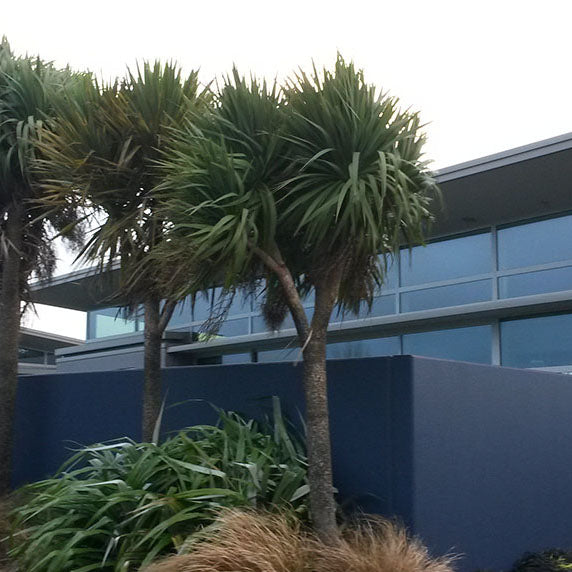Despatch from 5th Jan
Orders over $199
Despatch from 5th Jan
Orders over $199

Creating a vibrant and sustainable garden doesn't have to be labor-intensive. With the right selection of native New Zealand plants, you can enjoy a thriving garden with minimal effort. In this blog post, we'll explore five native plants that not only add beauty and biodiversity to your landscape but also require minimal maintenance, making them ideal choices for busy gardeners and low-maintenance landscapes.

Harakeke (Phormium tenax): Harakeke, also known as New Zealand Flax, is a versatile and low-maintenance native plant that adds texture and structure to gardens. With its striking sword-like leaves and tolerance to a wide range of conditions, including coastal environments, Harakeke requires little care once established. Simply remove dead leaves and flower stalks as needed to keep the plant looking tidy. If Harakeke get too big for your garden consider one of tthe smaller growing cutivars. This gives you the option of a beautiful low maintenance flax, but the benefit of having it compact and small growing. Recommended dwarf varieties: Phormium Surfer Bronze, Phormium Jack Spratt and Phormium Pepe.

Pittosporum (Pittosporum spp.): Pittosporum is a diverse genus of native shrubs and trees that includes many cultivars suitable for low-maintenance landscapes. Choosing the right Pittosporum is key to low maintenance as they range from small to large growing. Kohuhu (Pittosporum tenuifolium) is the go to for a tough, hardy fast growing hedge. Lemonwood (Pittosporum eugenoides) is the largest growing so is suitable for taller shelter. There are also many specialist cultivars for a particular look, growth habit, colour and size. With their glossy foliage, fragrant flowers, and tolerance to various soil and light conditions, Pittosporums are easy to grow and require minimal pruning or watering once established.

Griselinia Littoralis (Broadleaf): Broadleaf, is prized for its lush, green foliage, fast growth, and tolerance to harsh conditions from coastal to alpine. Native to New Zealand, Broadleaf is an ideal choice for an easy care strong growing native shrub. It is unfussy about soil conditions and does well in almost all situations. A great shrub to get started with shelter.

Cabbage Tree (Cordyline australis): No native garden would be complete without this classic kiwi icon. The cabbage tree is not only grand and unique in the way it looks, but also extremely tough and will grow virtually anywhere! It constantly amazes in that it will grow in very wet ground and survive the toughest dry conditions. Once established it requires no care at all and will always look great regardless of where it's growing. At home in alpine or coastal gardens the good ole cabbage is always looking grand!

Mingimingi (Twisted coprosmas): Mingimingi is a range of hardy and versatile native shrubs with twiggy appearance and tangled growth. They thrive in a range of conditions, from full sun to partial shade. With their small, glossy leaves and colorful berries, Mingimingi adds texture and year-round interest to gardens with minimal care required. Mingi mingi come in a range of garden selections suitable for all situations. Favourites include interesting medium shrub varieties like Red Stemmed Coprosma (Coprosma rubra) and Yellow Stemmed (C. virescens). For low maintenance gardens, low growing varieties are the go, such as Coprosma Red Rocks, Coprosma Flat Freddy. These are especially popular in modern gardens and around rock or concrete landscaping.

Creating a beautiful and sustainable garden doesn't have to be time-consuming or labor-intensive. By incorporating low-maintenance native New Zealand plants into your landscape, you can enjoy a thriving garden with minimal effort. From the striking foliage of Harakeke, Pittosporum and Broadleaf to the grandeur of Tī kōuka - Cabbage Tree and the stark and dramatic form of the Mingi mingi, these top five native plants offer beauty, biodiversity, and ease of maintenance for gardens of all sizes and styles.
Leave a comment